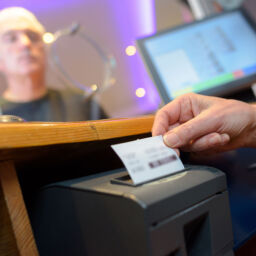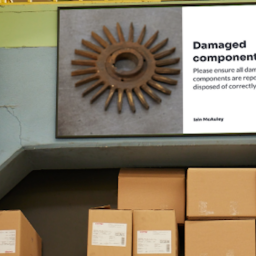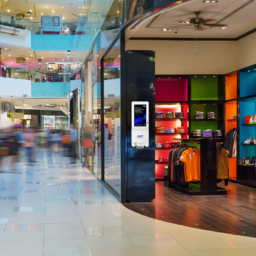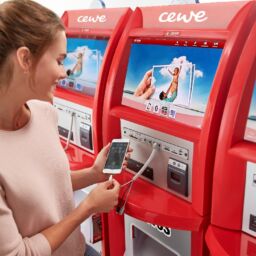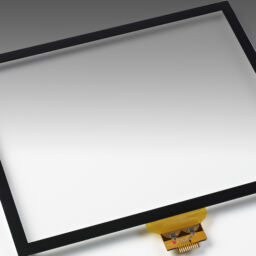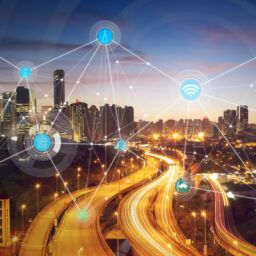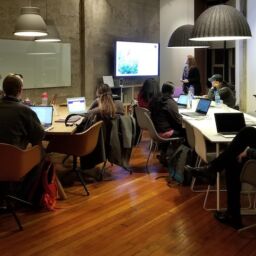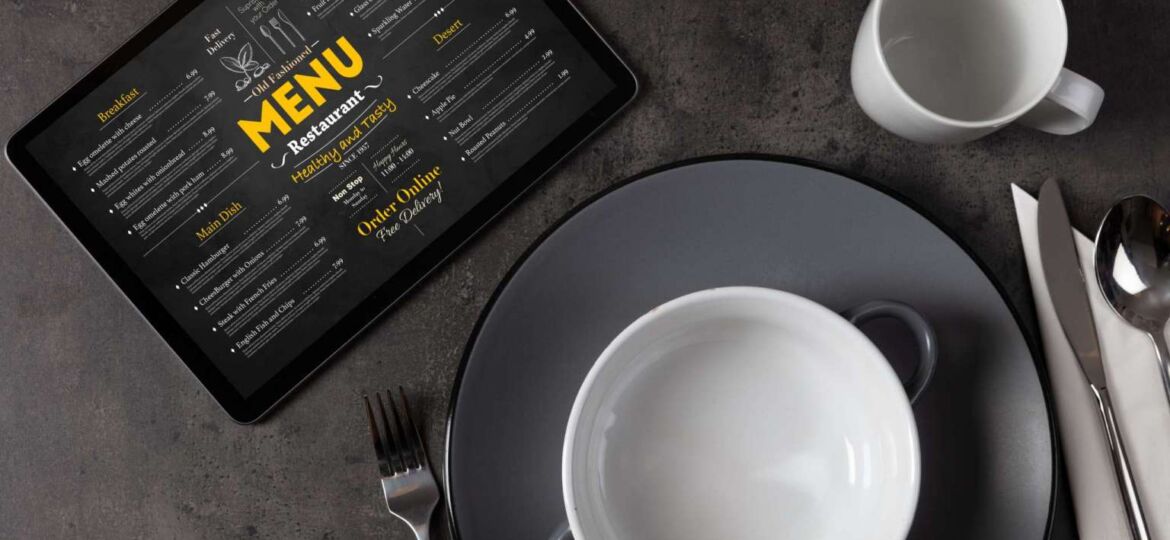
Interview with David Pearce Technical Director Star Micronics EMEA
With pubs and restaurants reopening to accommodate the public for outside dining and drinking, many of us are ready to get back to meeting in small groups. Nevertheless, crowding around a bar to order drinks or queuing to order food might not seem so appealing just yet. As a peripheral manufacturer, Star Micronics have observed a huge technological shift over the past year in the hospitality industry for delivery, takeaway, dine-in and every transition in between.
We talk to David Pearce, Technical Director, Star Micronics EMEA about the printing technology available for order and pay apps and web-based ordering systems for the return of hospitality.
What are the main changes or trends you’ve seen over the last year in technology for the hospitality industry which have been as a result of, or accelerated by, the pandemic?
David – With the closure of pubs and restaurants and the limitations of table and bar service, pubs and restaurants have had to adapt their existing set-up to a delivery and/or collection model during stricter lockdowns and then transition to order and pay at table models with the partial reopening. We’ve seen a demand for native apps as well as web-based technology which customers can easily access to order and pay for food and drinks, leveraging QR code technology for example. There’s also been a notable rise in kiosk and self-service usage to order and collect food with many running tablet-based devices or allowing customers to use their own device to avoid contact with a shared screen.
For pubs and restaurants returning firstly to outside eating and then to opening fully, what are the main pain points which this technology is able to help with?
David – Comprehensive apps and web software allow for pre-booking for limited spaces during social distancing or for set pick-up times for collection, in addition to client registration for COVID track and trace initiatives. Order and pay at table technology allows customers to use their own device to order and pay for drinks and meals, reducing table contact by waiting staff.
What different ways are you seeing hospitality venues enabling customer ordering?
David – Many restaurants are using a separate app from the POS which is sometimes quicker to get up and running than adding required new features to the existing POS system. Some are using kiosks or BYOD as entry systems and for food ordering.
What are the advantages and disadvantages of a web site versus an app for customer orders?
David – This will differ for each venue depending on the customer base, budget and required features. We’ve seen customers adapting an existing e-commerce site or setting up a new web site for food ordering which allows them to get online quickly initially. Alternatively, a native app can offer a wider range of features, encourage repeat business and has the advantage of being able to use locally connected printers over USB or Bluetooth. Progressive Web Apps allow a hybrid approach with a single development suitable for any operating system supporting web browsing in HTML5. Web apps now support the use of device hardware for QR scanning for example, but printing customer orders and receipts have proved challenging in the past. Star has produced several services and protocols allowing POS or kiosk vendors to print directly from a web-based app to a local, network or cloud-based printer.
What type of printing technologies have been required with the growth of online ordering and order at table software?
David – With the increased use of apps and web-based software, printing an order directly to a kitchen or bar printer saves time and increases order accuracy. Our support team has been helping software developers and web design companies with standard drivers and SDKs for printing from POS systems, Android and iOS tablets as well as technology to enable web-based printing without having to worry about browser settings such as margins and headers across different platforms. We’ve seen strong demand for cloud technologies that are able to pull orders directly from an online ordering system at defined intervals and print these remotely in a kitchen or bar without needing an additional tablet or device to key in the order. Auto-printing simplifies operations and staff do not have to worry about anything other than receiving the orders. The technology extends across thermal printers and dot matrix kitchen printers for paper tickets as well as food labels.
Which additional printer features can make a real difference when using online ordering or order and pay apps?
David – Technologies that effectively ‘tether’ tablets to the network enable tablets and mobile devices to remain online without having to connect by WiFi, removing the possibility of missing orders.
The fact that some of the printers can also act as a hub with a connected barcode reader to directly inform the server that an order is ready without any manual keying is useful. This means the chef can receive a remote order, prepare it and simply scan the receipt back to the server to alert the in-restaurant staff, delivery company or purchaser that the order is ready for transit. We’ve also seen an increase in the use of bump bars attached to the printer to accept/reject orders to the cloud service.
The more seamless the ordering process is, the more hospitality owners can fully focus on reopening and managing a potentially large influx of customers again to order their food and drinks from any location safely.



